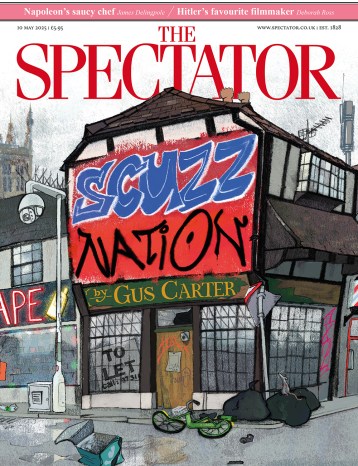First published in 1836, this novella shows Alexander Pushkin’s mastery of almost any form. The following year — after a miraculously productive short period — he died in a duel over the alleged adultery of his wife with the adopted son of the Dutch ambassador.
Evocative, swashbuckling, romantic and sentimental, The Captain’s Daughter centres on the peasant rebellion, 1773-75, of the Cossack Yemelyan Pugachov.

Disagree with half of it, enjoy reading all of it
TRY A MONTH FREE
Our magazine articles are for subscribers only. Try a month of Britain’s best writing, absolutely free.
Already a subscriber? Log in





Comments
Join the debate, free for a month
Be part of the conversation with other Spectator readers by getting your first month free.
UNLOCK ACCESS Try a month freeAlready a subscriber? Log in